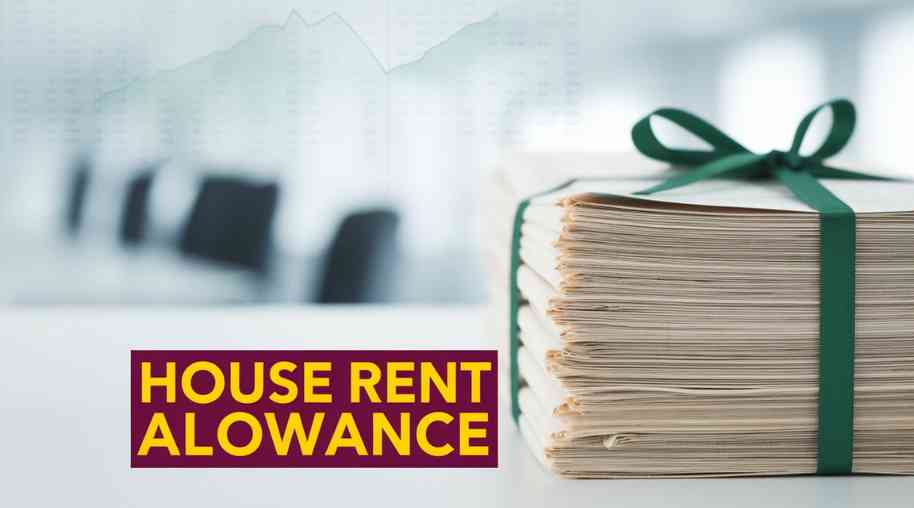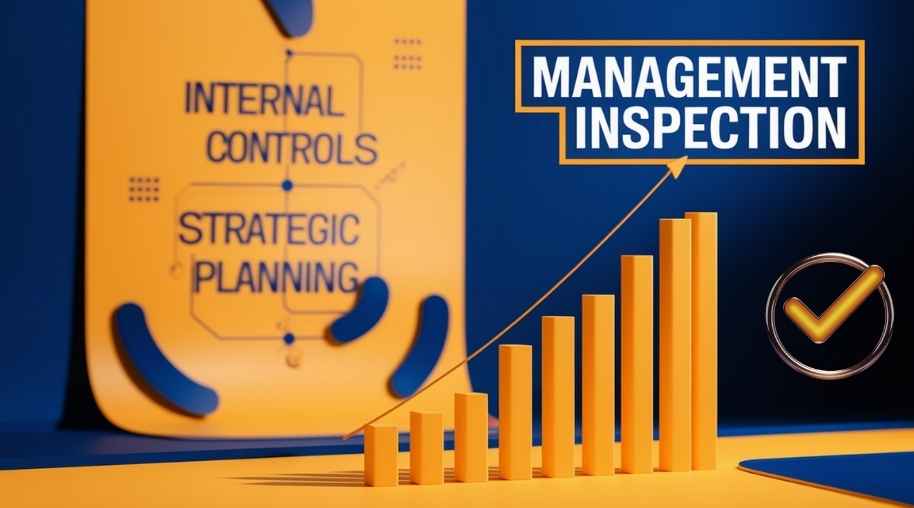HRA Full Form-House Rent Allowance
by Shashi Gaherwar
0 1911
House Rent Allowance (HRA)
House Rent Allowance (HRA) is a component of an employee’s salary, provided by employers to help cover rental expenses. It is particularly beneficial for salaried individuals living in rented accommodations. Besides easing the financial burden of rent, HRA also offers significant income tax benefits under Section 10(13A) of the Income Tax Act, 1961.

In this article, we will explore the meaning, calculation, tax benefits, and exemption rules related to HRA.
What is House Rent Allowance (HRA)?
HRA is a part of the salary structure for salaried employees. Employers provide it to help cover rental costs, and it is partially or fully tax-exempt under certain conditions.
Eligibility for HRA
- The employee must be living in a rented house.
- The individual must pay rent to the landlord.
- The house should not be self-owned; if the employee owns the house and stays in it, they cannot claim HRA tax exemption.
HRA Calculation Formula
HRA exemption is calculated based on the least of the following three amounts:
- Actual HRA received from the employer.
- 50% of the basic salary + DA (if living in a metro city) or 40% of the basic salary + DA (for non-metro cities).
- Rent paid minus 10% of the basic salary + DA.
Example Calculation:
Suppose an employee receives an HRA of ₹20,000 per month, pays rent of ₹25,000, and has a basic salary of ₹50,000. If the employee is in a metro city, the exemption will be calculated as:
- Actual HRA received = ₹20,000
- 50% of basic salary = ₹50,000 × 50% = ₹25,000
- Rent paid - 10% of basic salary = ₹25,000 - (₹50,000 × 10%) = ₹25,000 - ₹5,000 = ₹20,000
The least amount among these is ₹20,000, so the employee can claim a tax exemption of ₹20,000 per month.
HRA Tax Exemption Rules
Under Section 10(13A) of the Income Tax Act, HRA exemption is available based on:
- Rent receipts: Employees must submit rent receipts as proof of rent payment.
- PAN of the landlord: If annual rent exceeds ₹1,00,000, the landlord’s PAN details must be provided.
- Joint living situations: If an employee shares rent with someone, only their contribution is considered for HRA exemption.
HRA for Self-Employed or Salaried Individuals Without HRA
If a self-employed person or an individual not receiving HRA pays rent, they can still claim deductions under Section 80GG with the following conditions:
- The individual must not receive HRA.
- Should not own a residential property in the city where they reside.
- The maximum deduction allowed is ₹5,000 per month or 25% of total income, whichever is lower.
Documents Required to Claim HRA Exemption
To claim HRA tax exemption, the following documents are required:
- Rent receipts (with landlord’s name, address, and signature).
- Rent agreement (if applicable).
- Landlord’s PAN details (for rent exceeding ₹1,00,000 per year).
Common Mistakes While Claiming HRA
- Not keeping proper rent receipts – Always collect and store receipts for future verification.
- Claiming HRA without actual rent payment – This can lead to penalties if found incorrect.
- Incorrect landlord details – Ensure all information provided is accurate and valid.
- Not considering 80GG if HRA is not received – Salaried and self-employed individuals often overlook this benefit.
House Rent Allowance (HRA) is a crucial salary component that helps employees manage rental expenses while providing tax benefits. Understanding the calculation, tax exemption rules, and documentation requirements can help individuals maximize their HRA deductions and reduce taxable income.
For salaried employees, HRA serves as both a financial relief and a tax-saving tool, making it an essential aspect of salary structuring and income tax planning.
Further Learning Resources
If you’re passionate about building a successful blogging website, check out this helpful guide at Coding Tag – How to Start a Successful Blog. It offers practical steps and expert tips to kickstart your blogging journey!
For dedicated UPSC exam preparation, we highly recommend visiting www.iasmania.com. It offers well-structured resources, current affairs, and subject-wise notes tailored specifically for aspirants. Start your journey today!

Share:








Comments
Waiting for your comments